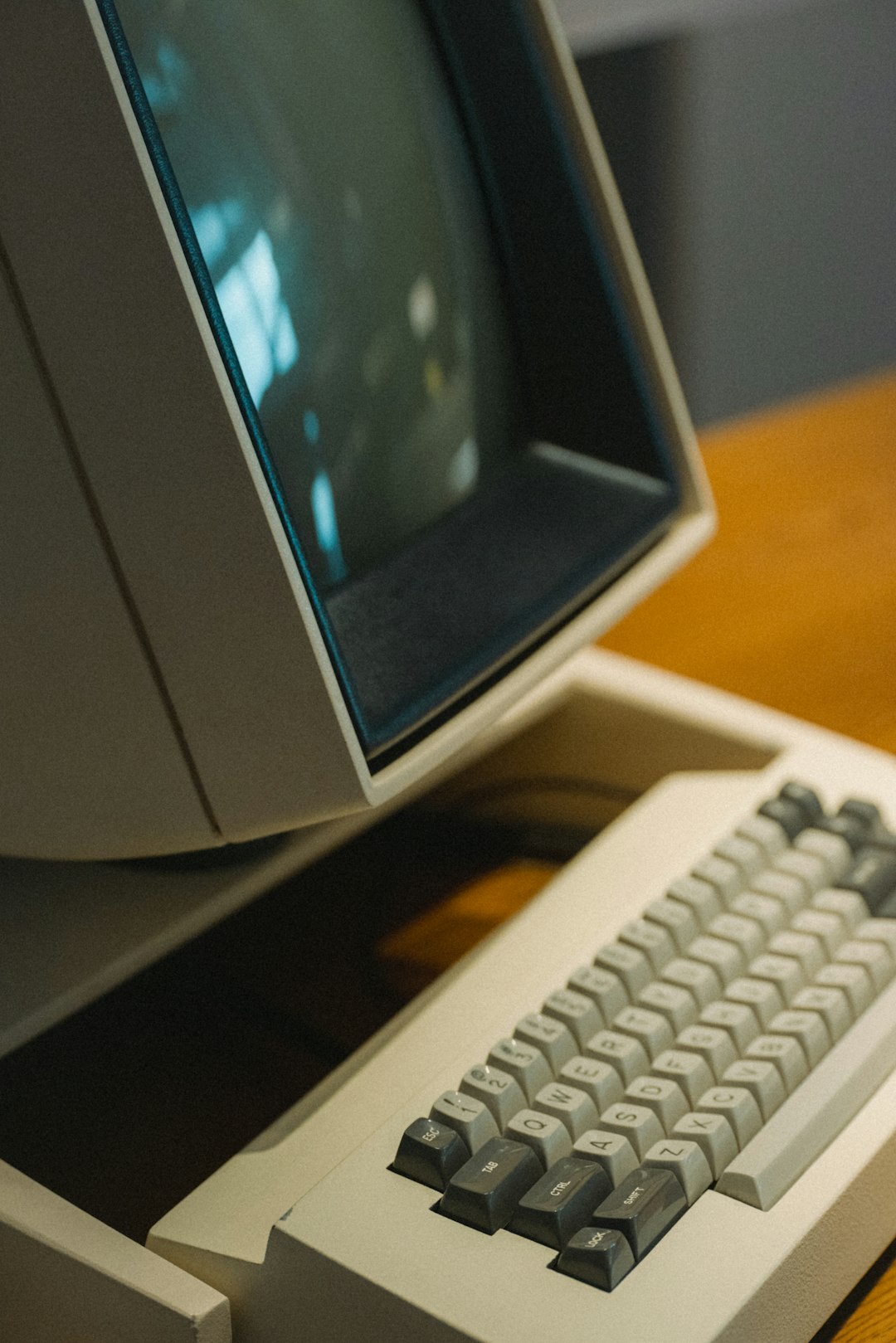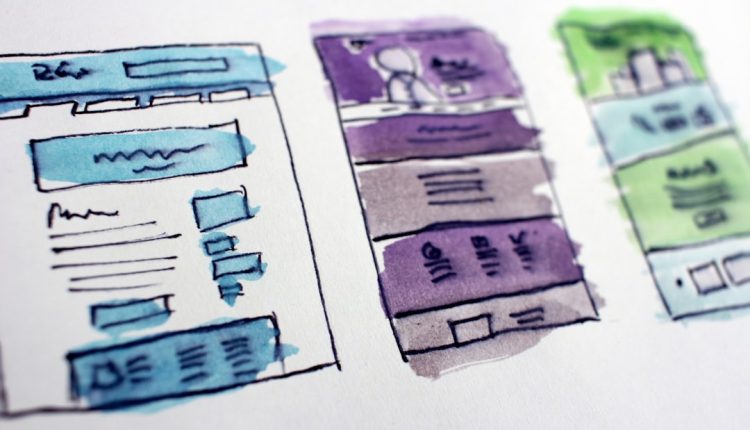In today’s rapidly evolving digital landscape, artificial intelligence has made great strides in bridging the gap between human and machine communication. One of the groundbreaking tools in this sphere has been ChatGPT. While most users are familiar with its recent iterations, many are curious about how to access the first version of this remarkable AI — ChatGPT 1. Whether for educational purposes, historical interest, or experimentation, understanding how to access this early version offers insights into how AI-powered chatbots have evolved over time.
What Is ChatGPT 1?
Table of Contents
Before diving into access methods, it’s important to understand what ChatGPT 1 is. Launched by OpenAI, ChatGPT 1 was an initial iteration of the GPT-based conversational model, focused on generating human-like responses in a chat interface. It was built on GPT (Generative Pre-trained Transformer) technology and served as an experimental foundation for future models like ChatGPT-3.5 and ChatGPT-4. Though rudimentary when compared to newer versions, ChatGPT 1 showcased the immense potential of AI in natural language processing.
Why Access ChatGPT 1?
There are several reasons someone might want to access this earlier version of ChatGPT:
- Educational Purposes: To compare how AI models have improved in conversational abilities, context awareness, and reasoning.
- AI Research: Researchers may analyze how improvements in architecture and data training have influenced AI responses.
- Nostalgia and Curiosity: Tech enthusiasts often explore earlier tech to gain a fuller appreciation of technological progress.

Is ChatGPT 1 Still Available?
Although OpenAI has continued to develop and support newer versions, the original ChatGPT 1 is not directly accessible to the public through mainstream platforms like ChatGPT Plus or OpenAI’s website. There are, however, a few workarounds for those who are deeply interested in exploring it.
How to Access ChatGPT 1: Step-by-Step Guide
1. Search GitHub and OpenAI Archives
OpenAI has published a variety of models and codebases on GitHub. Some of the earlier transformers, including GPT-1, may have sample code or data available for download and experimentation.
- Visit GitHub and search for “OpenAI GPT-1” or “GPT early models.”
- Check OpenAI’s documentation pages for historical models or archived repositories.
Note: GPT-1 was primarily a research model, so there may not be a plug-and-play interface like those available for ChatGPT-3.5 or GPT-4.
2. Use Hugging Face Models
Hugging Face is an open-source platform that hosts numerous machine learning models, including several variants of GPT. Though not officially branded “ChatGPT 1,” similar early GPT models trained under OpenAI’s methodology may be available and useful for reference.
Here’s how:
- Visit Hugging Face and use search terms like “GPT-1 model” or “Early GPT.”
- Explore implementation code and sample interactions to simulate conversational outputs.

3. Try Academic Research Papers and Tools
For the academically inclined, exploring the original research publications from OpenAI can be enlightening. You’ll find detailed information on training data, model architecture, and evaluation metrics. The following resources might be helpful:
- Original paper: “Improving Language Understanding by Generative Pre-Training”
- Academic repositories such as arXiv or Semantic Scholar
- Educational tools or notebooks on platforms like Google Colab
While these don’t offer a plug-and-play ChatGPT 1 chatbot, they do provide instructions for rebuilding early models from scratch with provided code samples and data.
4. Consider Community Projects and Simulations
Some developers and AI communities have created replicas or simulations of ChatGPT 1 as a way to experiment and visualize AI’s development. It’s possible to find hosted demos or codebases on platforms like Reddit, Medium blogs, or data science forums.
Important: These are not official versions and should be approached with caution, especially if you’re dealing with user data or plan to deploy solutions.
Conclusion
While you won’t find a direct “Chat Now with ChatGPT 1” button, there are several viable paths to explore the origins of OpenAI’s revolutionary chatbot. From archived models on GitHub and Hugging Face to digging into academic papers and simulation tools, diving into ChatGPT 1 offers a unique and educational journey into the early days of conversational AI.
For developers, researchers, and enthusiasts alike, accessing ChatGPT 1 is not simply about nostalgia — it’s a valuable window into how far artificial intelligence has come and what the future might still hold.

